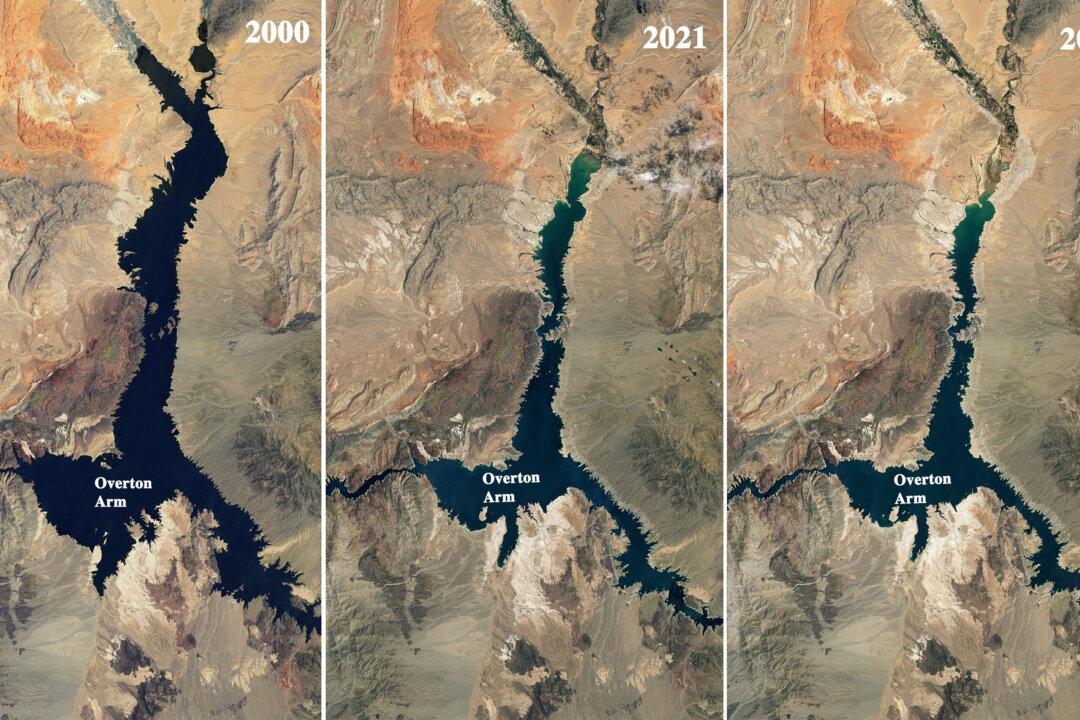The Colorado River Basin meanders through seven U.S. states and supplies water to Lake Powell in the Upper Basin and Lake Mead in the Lower Basin. In turn, these reservoirs deliver water and power to millions of Americans.
They’re also going dry.

The Colorado River Basin meanders through seven U.S. states and supplies water to Lake Powell in the Upper Basin and Lake Mead in the Lower Basin. In turn, these reservoirs deliver water and power to millions of Americans.
They’re also going dry.